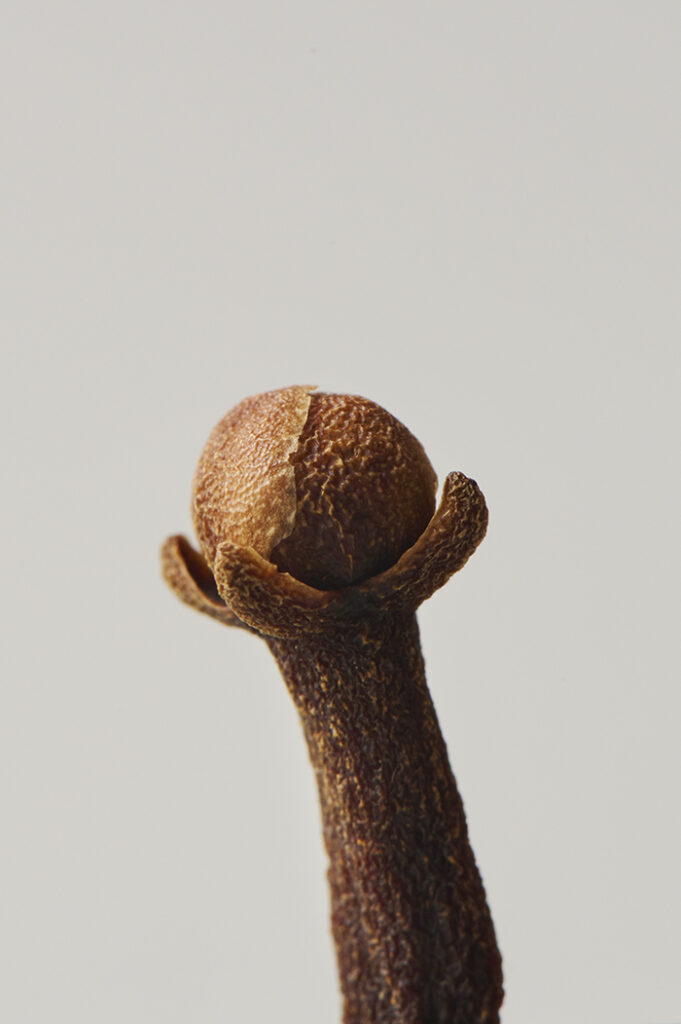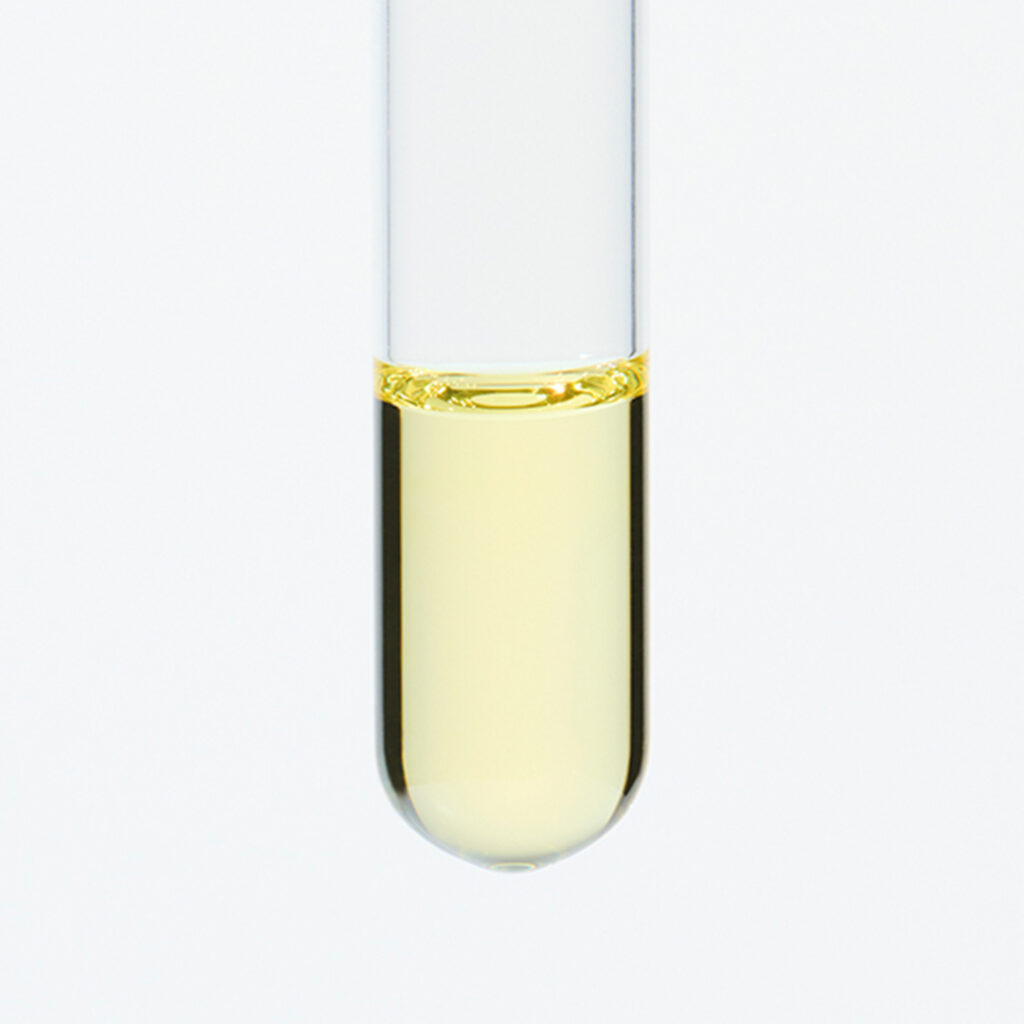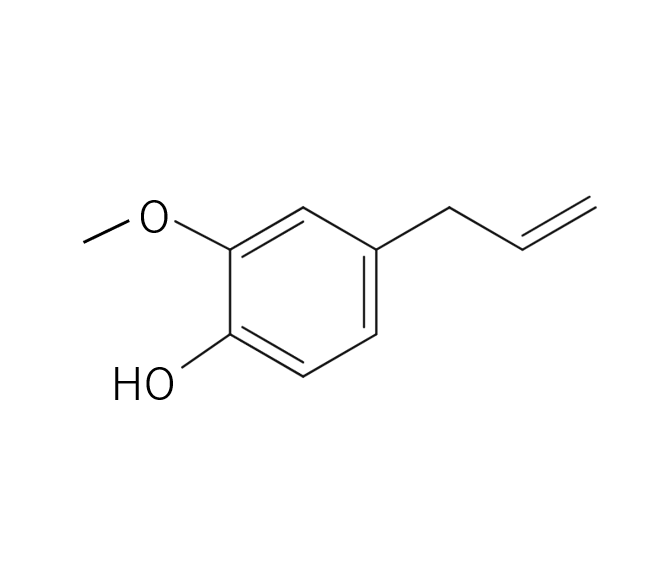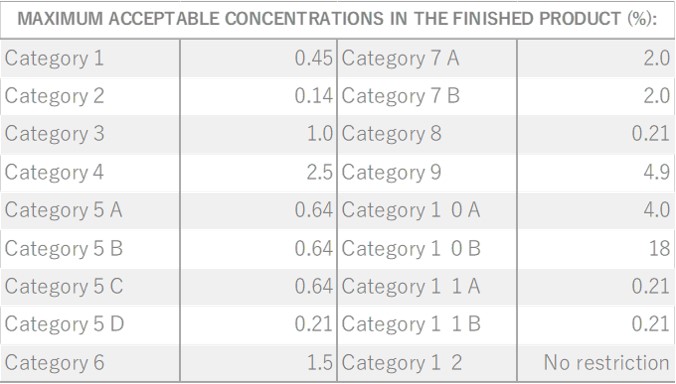Approximately 15% of clove essential oil is derived from clove buds through steam distillation, resulting in a colorless to pale yellowish liquid. Its primary constituent, eugenol, known for its antibacterial and analgesic properties makes it a valuable medicinal resource. This essential oil boasts a spicy and sweet aroma, featuring the distinctive and exotic scent characteristic of clove. It harmonizes exceptionally well with a variety of other essential oils, particularly those with sweet and robust profiles, such as Lavender, Patchouli, and Rose. A small quantity of clove oil can be discreetly incorporated into blends to impart a profound, sweet fragrance with added depth. Given its potent scent, it is advisable to maintain a balanced blend, ensuring not to overpower by using excessive amounts.





